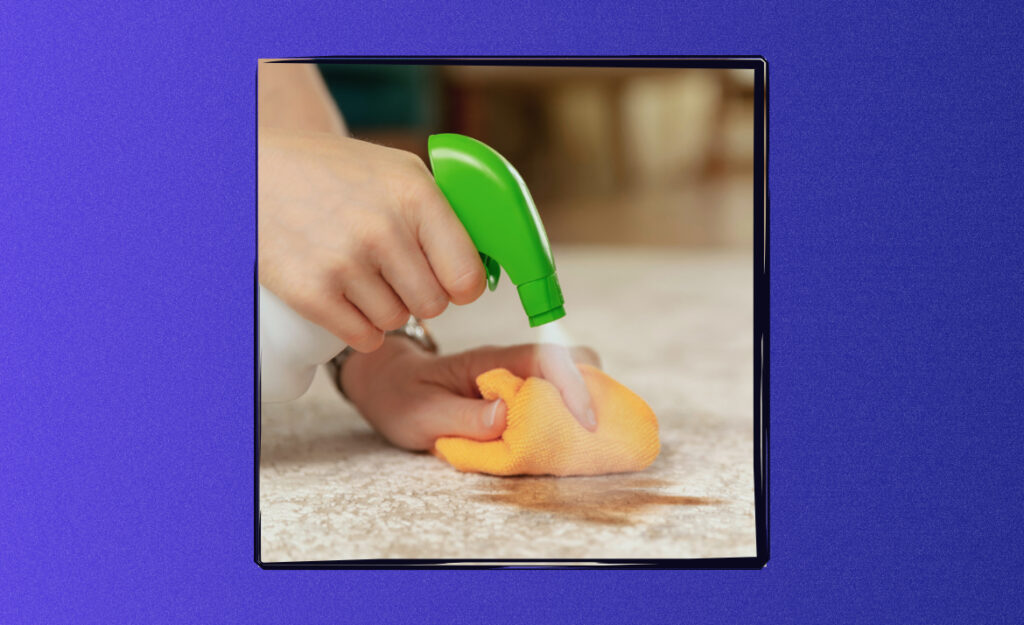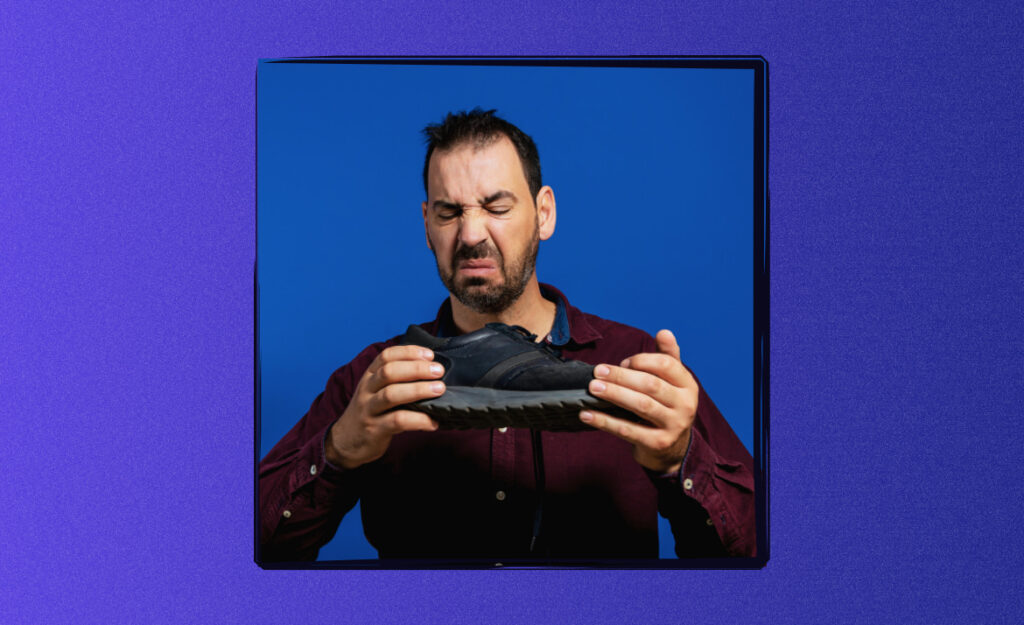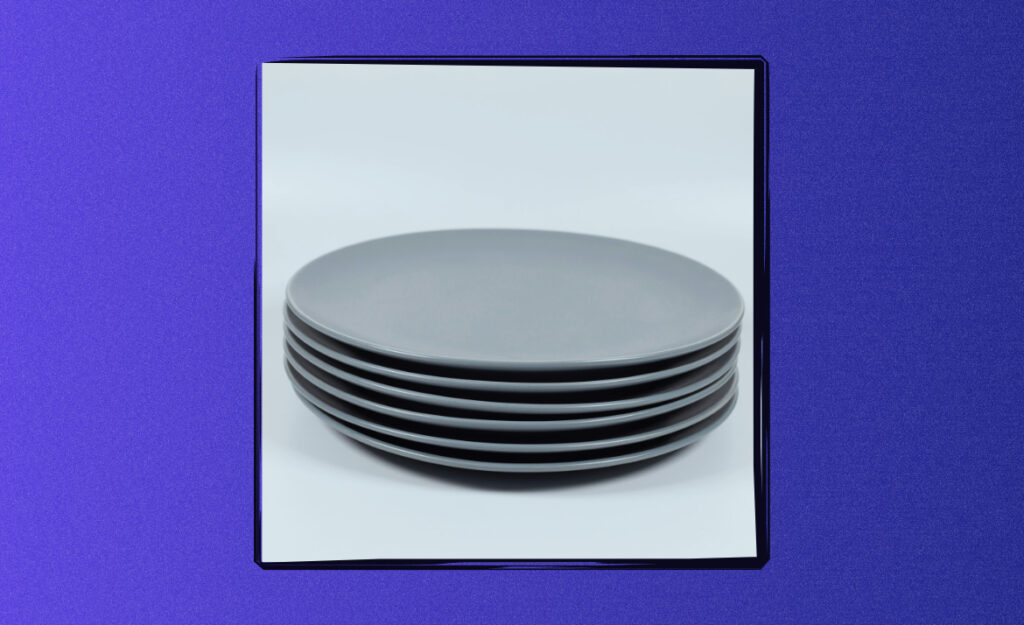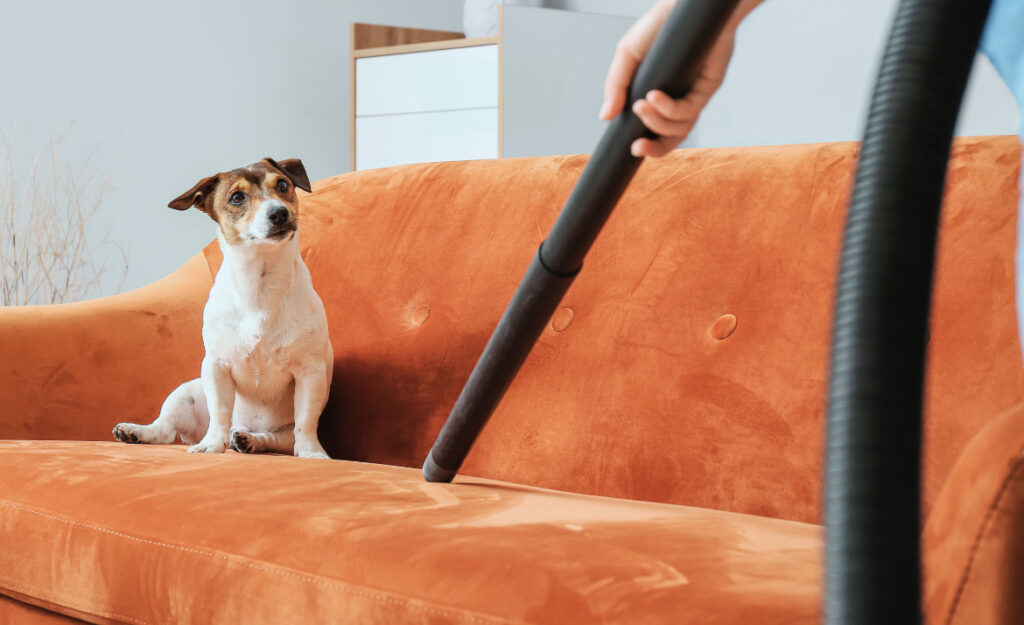
Pet owners quickly realize fur works its way into every corner, sticking to carpets, clothes, and couches. The need to remove pet hair sneaks up between laundry cycles, making even everyday chores feel overwhelming. You may not have realized just how resourceful you can be with items you already own.
Tidying without a cabinet full of specialized tools feels like a puzzle, especially when removing stubborn pet fur. Simple habits and clever tactics ensure a truly hair-free home, saving you both frustration and money. Let’s make these cleaning hacks work for you.
This guide unlocks realistic and friendly methods to remove pet hair at home—no fancy gadgets required. Dive in to learn practical steps and tricks for every room, surface, and scenario. Your next clean-up will be much easier and more satisfying!
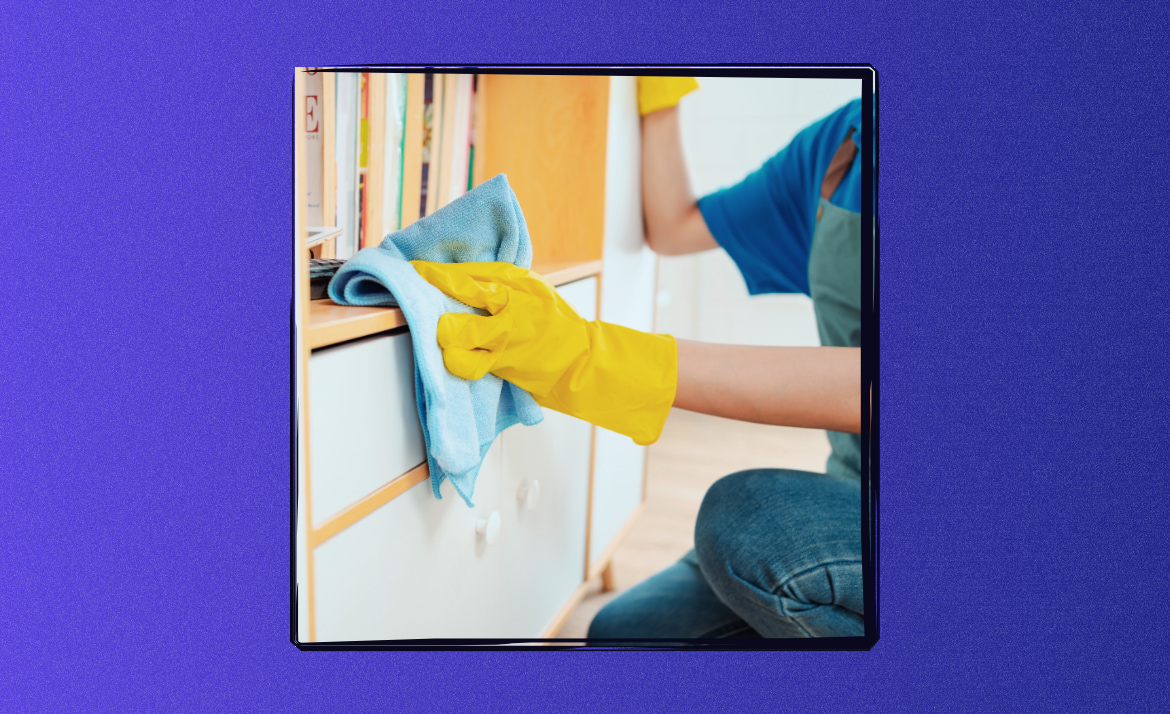
Dusting Hacks: Easy Solutions for Hard-to-Reach Areas
Struggling with dust in impossible corners? Grab these expert dusting hacks to reach high shelves, tricky vents, and baseboards—easy, safe, and fast. Maintain a dust-free home without hassle.Use Everyday Items to Pick Up Pet Hair Quickly
Using objects you already have, you’ll easily tackle stuck-on pet hair on cushions and carpets. Consistency and technique matter much more than buying specialty gear.
For example, a damp rubber glove turns into a portable hair magnet for couch cushions. Short, brisk swipes collect fur, letting you lift and toss clumps in seconds.
Sock-and-Hand Technique for Pillows and Coats
Slip a clean, slightly damp sock over your hand. Move your hand in gentle circles across the surface of your pillow or coat. As you go, fur clings to the sock like static.
This method works well because the damp textile attracts fine and coarse pet hairs, removing what lint rollers sometimes leave behind. Flip the sock periodically, exposing a clean area for better results.
If you’re spot-cleaning before guests arrive, this is an easy trick. When one side fills with fur, switch to another sock, and keep a basket nearby for used ones.
Rubber Squeegee for Rugs and Car Mats
Drag a basic rubber squeegee (yes, the one for windows) over rugs, car mats, or floor runners. You’ll hear small scraping sounds as fur gathers in little rolls.
Apply light pressure, moving slowly and evenly. Concentrate on corners, where fur gathers. When done, collect the visible piles and place them straight into the trash.
If you’re working on car mats, remove them from the car first. One neighbor told me, “Half my dog’s coat comes out this way!” Grab your squeegee and try it after your next ride.
| Household Item | Best Surface | When to Use | Takeaway Action |
|---|---|---|---|
| Damp Rubber Glove | Couches, Upholstery | Weekly | Use brisk, overlapping strokes for maximum pickup |
| Wet Sponge | Carpet Corners | During routine cleaning | Squeeze excess water, gently rub, then rinse |
| Squeegee | Mats, Low-Pile Rugs | After walks | Scrape slowly to gather fur into clumps for disposal |
| Damp Sock | Coats, Throw Pillows | Before company arrives | Use a clean sock for each new area |
| Pumice Stone | Carpeted Stairs | Monthly or after heavy shedding | Test in an inconspicuous spot, then work gently |
Remove Pet Hair From Clothes Without Hassle
Speedy hair removal from clothing comes down to action—not fancy lint rollers. You’ll look neat and avoid bringing fur to work or social functions effortlessly.
Instead of reaching for sticky sheets, consider a couple of new go-to clothing routines that make your wardrobe fur-free every day.
Shake, Swat, and Rinse Method
Vigorously shake each garment outside before laundering. If fur persists, lightly swat the fabric with your hand or a dry towel. Finish by rinsing in a cool water cycle. This removes loose fur before it migrates to other clothes.
- Shake clothing outside—removes loose hair, preventing transfer in the wash.
- Swat fabric—dislodges stubborn hairs trapped in fibers.
- Use tape—press and lift, especially on black or dark fabrics.
- Add a half-cup of white vinegar to the rinse cycle—it softens fibers, loosening hair.
- Hand-rinse problem spots—focus on sleeves and collars for targeted results.
Keep a clothesline handy or reserve one spot to air-dry garments after this routine. That final step helps future washes stay cleaner, too. You’ll notice each wash becomes easier over time.
Refresh Outerwear Midweek
Halfway through the week, take ten minutes to inspect jackets or cardigans. Examine high-contact areas, like cuffs and necklines, for visible pet hair. Use the tape trick for fast spot-cleaning before heading out.
- Lay garments flat—provides a stable surface for removing fur evenly.
- Pat with a slightly damp washcloth—captures fine hairs missed by tape.
- Keep brush or tape strips by the door—quick touch-ups on the way out.
- Wash less frequently—reduces fabric wear and static, which attracts hair.
- Designate a “pet-free” area for clean clothes—limits future fur transfer.
This quick check avoids unexpected surprises on your favorite outfits. You’ll spend less time in front of the mirror, running late, brushing hair from your sleeves.
Tackle Upholstery Fur Buildup Without Buying New Products
Reliable routines transform your sofa and chairs from furry to fresh, even when you skip store-bought removers. Consistency and gathering the right supplies make the difference.
Rotate and Fluff for a Noticeable Difference
Twice a week, lift and shake cushions outside—fur releases with each shake. With sleeves rolled up, pat down the cushion edges, then fluff back in place. This routine prevents long-term buildup and supports visible results after each effort.
If your pet sleeps on the couch, tuck an old sheet or towel where they nap. Gather it at the end of each day and shake the fur outside; swap it for a fresh one as needed.
For cushions with removable covers, launder them monthly. Use a cool wash and line dry—synthetic materials especially attract fur when over-dried, worsening static and clinging.
Pumice Stone for Stubborn Spots
On flat-weave upholstery, gently scrape a clean pumice stone along the fabric. Fur rolls into manageable clumps, which you can sweep away. Always test the stone on a hidden corner first to avoid snags or scratches.
This trick is especially useful for car seats, stair runners, or areas where pets sleep daily. If you notice a line of fur down a single cushion seam, sweep lightly in small strokes for best control.
Never use pumice on delicate or high-pile fabrics. For those, stick with tacky tape or a damp glove—each item excels where it’s meant to be used most.
Clean Carpets and Floor Mats with Resourceful Tactics
To restore floors and mats after your pet’s zoomies, hands-on steps beat motor-driven gadgets. Patience and method deliver visible, reliable results.
Create a mini checklist before you begin: clear the area, pick up toys, and have your chosen tools ready to avoid backtracking. Fewer interruptions keep you on track and make fur removal more rewarding.
Pretend You’re “Sweeping Leaves” for Carpet Success
Work in slow, overlapping motions with your rubber squeegee, dragging fur to one central point just as you’d corral fall leaves outside. Pause every few swipes, gather the hair, then resume—repeat for a thorough job.
Analogous to leaf raking, the goal is clumping before disposal. Notice if the fur collects more by doorways or under coffee tables, as these become prime spots for attention during your next session.
Once satisfied, vacuum as a follow-up only, preventing new fur from embedding. This doubles the effectiveness of your clean, and you’ll finish faster each time you repeat the process.
Deal with Floor Mats and Entry Rugs
Remove mats from their places before you start. A sturdy, dry brush quickly dislodges embedded hair from fibers. Sweep mats outdoors if possible, ensuring every edge receives equal attention.
If allergen control is a concern, mist mats lightly with water first. This pins fine hairs in place until they can be swept or brushed off efficiently.
To limit future accumulation, shake mats out twice a week—tie this habit to events like bringing in groceries or after a walk. Consistency prevents heavy buildups and streamlines future cleaning.
Set Up “Pet Hair Barriers” and Habits for Prevention
By redirecting pet routines and making tiny adjustments, you prevent future hair from dominating living spaces. Remove pet hair less by optimizing daily habits and setting boundaries—fewer reactive cleanups add up quickly.
Block high-traffic zones, use washable covers, and stick to assigned sleeping spots. These deliberate boundaries minimize where pet fur can collect, easing your daily load.
Assign a “Pet-Only” Blanket or Bed Area
Train your pet to settle on washable blankets, which you’ve selected as their main lounging zones. Say, “Nap time on your blanket!” with a pat, guiding them to the correct spot. Praise consistency, and collect the blanket every evening for a quick shake-out.
If a pet sneaks onto forbidden furniture, calmly guide them back to their zone. Avoid scolding—gentle redirects reinforce the habit. Remind other household members to follow suit and reward pets’ correct choices.
Switch blankets or wash them twice a week, depending on shedding volume. Pairing each laundry load with clean pet bedding stops fur from migrating room to room.
Strategic Grooming as a Preventative Habit
Brush your pet outdoors, preferably after meals when they’re calm. While brushing, say, “Let’s keep our house clean!” in a soothing voice, turning it into positive routine time.
Use short, gentle strokes for best results, keeping clippers or trimmers on hand for double-coated breeds during peak shedding. Place collected fur straight into a sealed bag and toss outdoors—avoid letting hair escape inside.
Frequent grooming limits how much hair falls indoors. You’ll notice less cleanup if you assign consistent brushing days, such as after weekend walks or evening play sessions.
Streamline the Final Steps: Disposal and Allergens
Effective fur removal ends with proper disposal—not just tossing clumps in a regular trash bin. This final process keeps hair from resettling around your home and minimizes irritants in the air.
Gather small trash bags and keep them within reach during cleaning sessions. After you remove pet hair, immediately tie off bags before you toss them in an outside bin.
Quick Dust and Air Out Routine
Finish cleaning sessions by opening windows for at least ten minutes. This refreshes the air, removing any airborne particles dislodged while you worked. Say, “Air out time!” as a lighthearted signal to start this habit.
Wipe surfaces with a damp microfiber cloth. Focus on ledges, tabletops, and electronics—pet hair loves to cling where static gathers. A light touch prevents redistribution of cleaned fur.
Run a HEPA air purifier for thirty minutes, if available, to trap stray allergens—especially in rooms where pets spend the most time. These steps help keep breathing zones noticeably fresher between deep cleans.
You Can Remove Pet Hair Easily With the Right Steps
Practical routines and clever repurposing of everyday items give you power over pet hair—without splurging on specialty tools. Each tip unlocks smoother workflows for a space that feels welcoming and refreshed.
Setting clear “pet zones” and consistent cleaning habits prevent fur from covering every surface. Staying a step ahead of hair buildup makes regular tidying more enjoyable and far less time-consuming.
The next time you spot a rogue tumbleweed of fur, remember: you have all you need to tackle it right now with common household items. Clean, comfortable spaces for both you and your pets are just a step away.
Frequently Asked Questions
How can I remove pet hair from bedding without expensive tools?
Shake out bedding outside first, then use a damp rubber glove to wipe surfaces. Machine wash with a half-cup of vinegar in the rinse cycle for added effectiveness. This combination releases fur and prevents it from sticking again.
What is the quickest method for removing pet hair from pants before work?
Use wide packing tape to dab and lift fur, then brush your hand along the fabric to dislodge strays. Store a roll of tape by the front door for emergency touch-ups before leaving. It’s fast and doesn’t damage most fabrics.
Which household items work best for cleaning hair from car seats?
Try a pumice stone on flat-weave fabric or a dampened sponge for leather and vinyl. Always test in an inconspicuous spot, and use slow, light strokes. Collect hair with a handheld vacuum after loosening it to finish.
How do I keep pet hair from accumulating in the laundry?
Rinse garments in cool water first, shake off visible fur outdoors, and avoid overloads. Dry pet bedding separately from clothing, and regularly clean your dryer’s lint trap. Add dryer balls for extra tumbling action and static reduction.
What routines help prevent heavy fur buildup on furniture?
Assign washable covers or blankets to your pet’s favorite spots. Train them to stay in designated zones, and launder covers twice a week. Frequent grooming outdoors further limits hair from settling on furniture and floors inside.

